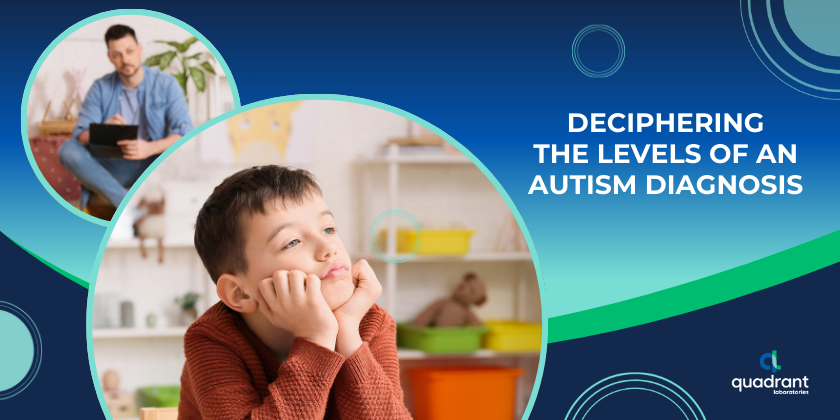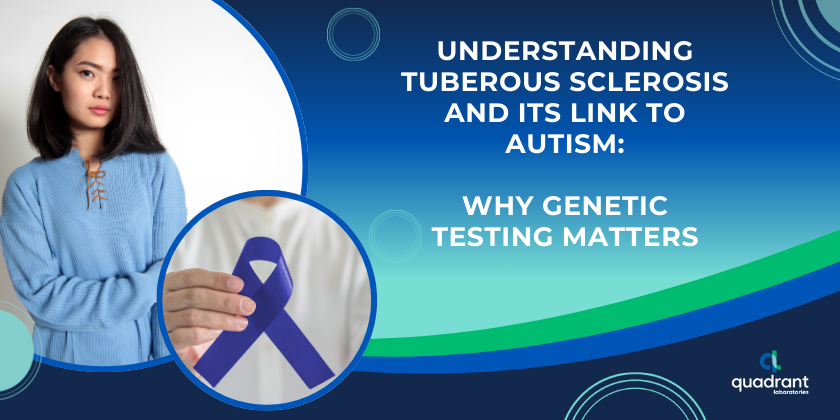
Receiving a diagnosis of autism spectrum disorder (ASD) is a pivotal moment in an individual’s life, shaping their journey toward understanding and support. Within the spectrum, there exist different levels that reflect the severity of symptoms and the level of support required. Let’s unravel the layers of autism diagnosis, focusing on Level 1 autism and the levels preceding it, to gain deeper insights into this complex condition.
The diagnostic framework categorizing autism into levels 1, 2, and 3 was introduced with the publication of the fifth edition of the Diagnostic and Statistical Manual of Mental Disorders (DSM-5) in May 2013. This updated version replaced the previous diagnostic criteria outlined in the DSM-IV-TR (Text Revision). The levels of severity are intended to provide clinicians with a more comprehensive understanding of the individual’s functioning and support needs within the autism spectrum.
- Level 1: requiring support
- Level 2: requiring substantial support
- Level 3: requiring very substantial support
Before delving into each level, it’s essential to understand the autism spectrum encompasses a wide range of symptoms and abilities, from mild to severe. Individuals diagnosed with autism may fall into one of three levels based on the intensity of their support needs:
Level 3: Requiring Very Substantial Support
At Level 3, individuals exhibit severe deficits in social communication and interaction skills, along with significant challenges in adaptive functioning. They may demonstrate limited verbal communication or remain nonverbal, struggle with basic activities of daily living, and require intensive support to navigate social situations and manage behaviors. Individuals at this level often experience marked impairments in both intellectual and adaptive functioning, necessitating ongoing assistance and supervision across various life domains.
Level 2: Requiring Substantial Support
Individuals at Level 2 present with moderate impairments in social communication and interaction skills, as well as adaptive functioning. While they may have developed some verbal communication abilities, they still encounter difficulties in effectively using language to communicate and engage with others. These individuals may exhibit repetitive behaviors or restricted interests that interfere with daily functioning and social interactions. Although they may demonstrate some degree of independence in certain areas, they require substantial support to navigate social relationships, academic settings, and everyday tasks.
Level 1: Requiring Support
Level 1 autism represents the mildest end of the spectrum, where individuals exhibit noticeable impairments in social communication and interaction skills but require less support compared to higher levels. While they may have developed functional language skills and demonstrate an understanding of social norms, they still encounter challenges in effectively engaging with others and navigating social nuances. Individuals at Level 1 often exhibit restricted interests or repetitive behaviors that may interfere with social interactions or activities of daily living. Despite these challenges, they can typically function independently in various settings with appropriate support and accommodations.
Level 1 Autism: A Closer Look
Level 1 autism, as defined in the DSM-5, represents individuals with autism who require support. This level is often associated with what was previously described as “high-functioning autism” or “Asperger’s syndrome.” However, it’s important to note that the term “Asperger’s syndrome” is no longer used as a separate diagnosis in the DSM-5.
Although individuals with Level 1 autism require support to navigate social interactions and cope with sensory challenges, they often possess strengths and abilities that can be leveraged to facilitate their integration into society. With tailored care plans, and support services, individuals with Level 1 autism can lead fulfilling lives and achieve their full potential.
While Level 1 autism may be frequently diagnosed, it’s essential to recognize that autism is a spectrum disorder with a wide range of presentations and severity levels, and each individual’s experience with autism is unique.
Understanding the levels of autism diagnosis provides valuable insights into the diverse range of abilities and support needs within the autism spectrum. By recognizing the characteristics of Level 1 autism and the levels preceding it, we are more equipped to meet the unique needs of individuals with autism. Through early identification, tailored care plans, and support, we can empower individuals across the spectrum to thrive and succeed in all aspects of life.
References:
- American Psychiatric Association. (2013). Diagnostic and statistical manual of mental disorders (5th ed.).
- Dawson, G., Rogers, S., Munson, J., Smith, M., Winter, J., Greenson, J., … & Varley, J. (2010). Randomized, controlled trial of an intervention for toddlers with autism: the Early Start Denver Model. Pediatrics, 125(1), e17-e23.
- Hus, V., & Lord, C. (2014). The Autism Diagnostic Observation Schedule, Module 4: Revised Algorithm and Standardized Severity Scores. Journal of Autism and Developmental Disorders, 44(8), 1996-2012.



